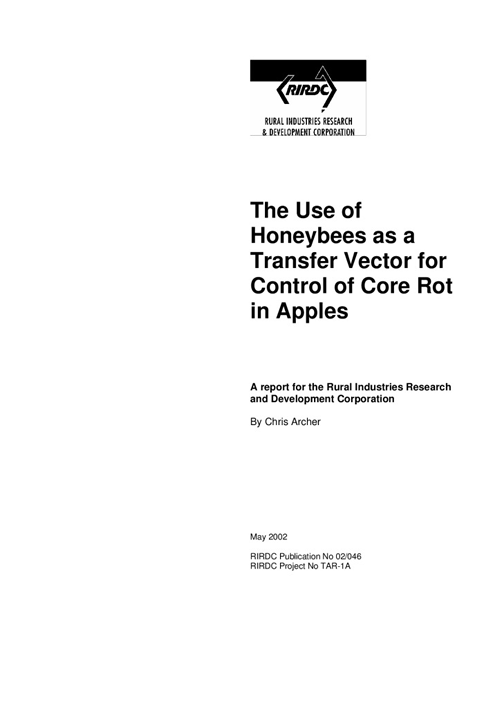This project had two primary aims. The first was the identification and development of a non-fungicidal or biological control agent for management of the core rot pathogens. The second aim was an investigation of the potential for honeybees to vector control agents to the apple blossom where infection occurs.
Investigations undertaken within the project have revealed a fungal species that occurs in apple cores but does not cause rots. This fungus (Gliocladium roseum) has been found capable of reducing the incidence of core rots caused by both Alternaria alternata and Pezicula spp. which are the pathogens responsible for the majority of ore rot infections in Tasmania. A further outcome of this project has been the determination of an inexpensive method for large scale bulking of the Gliocladium material.





